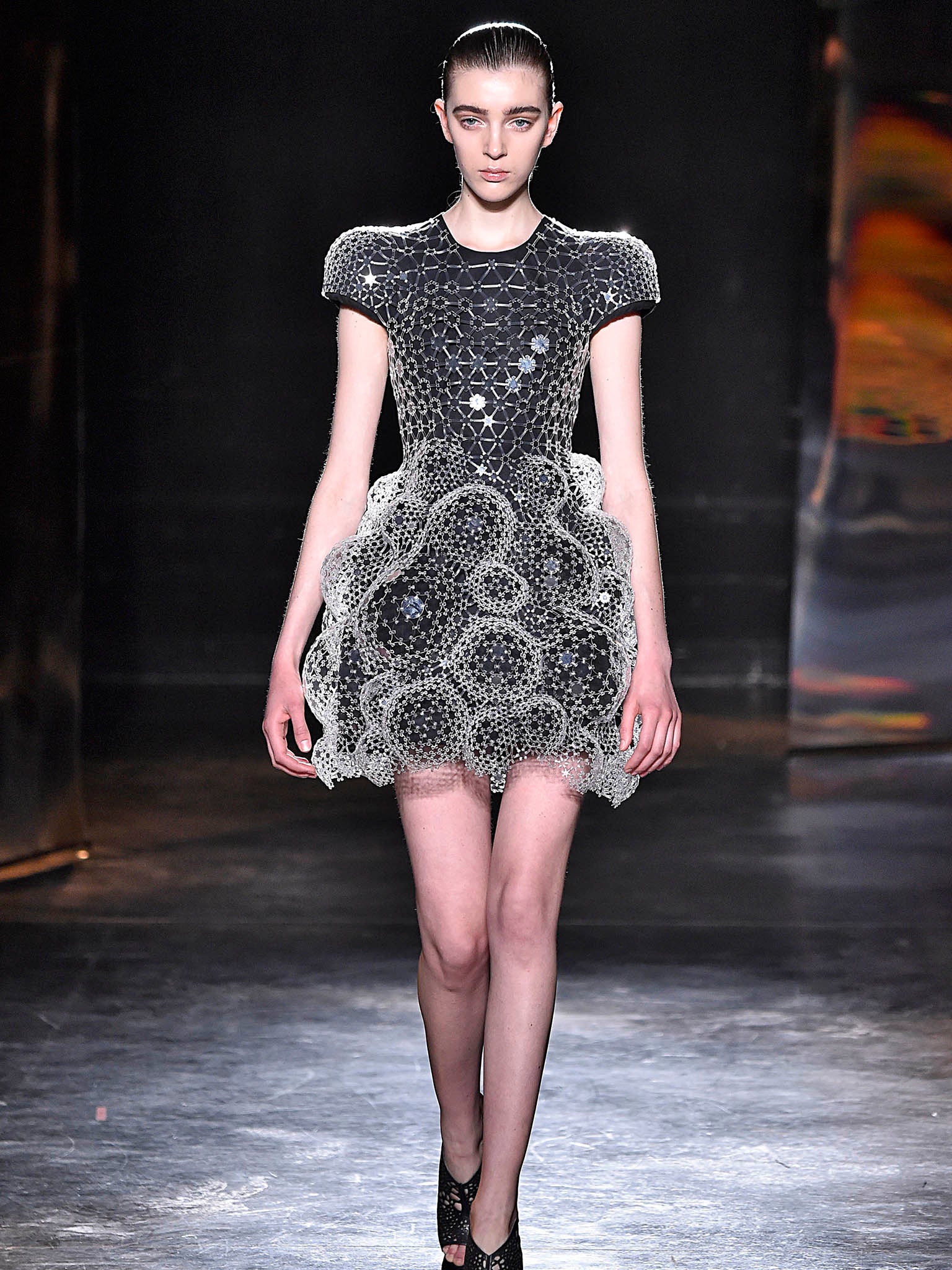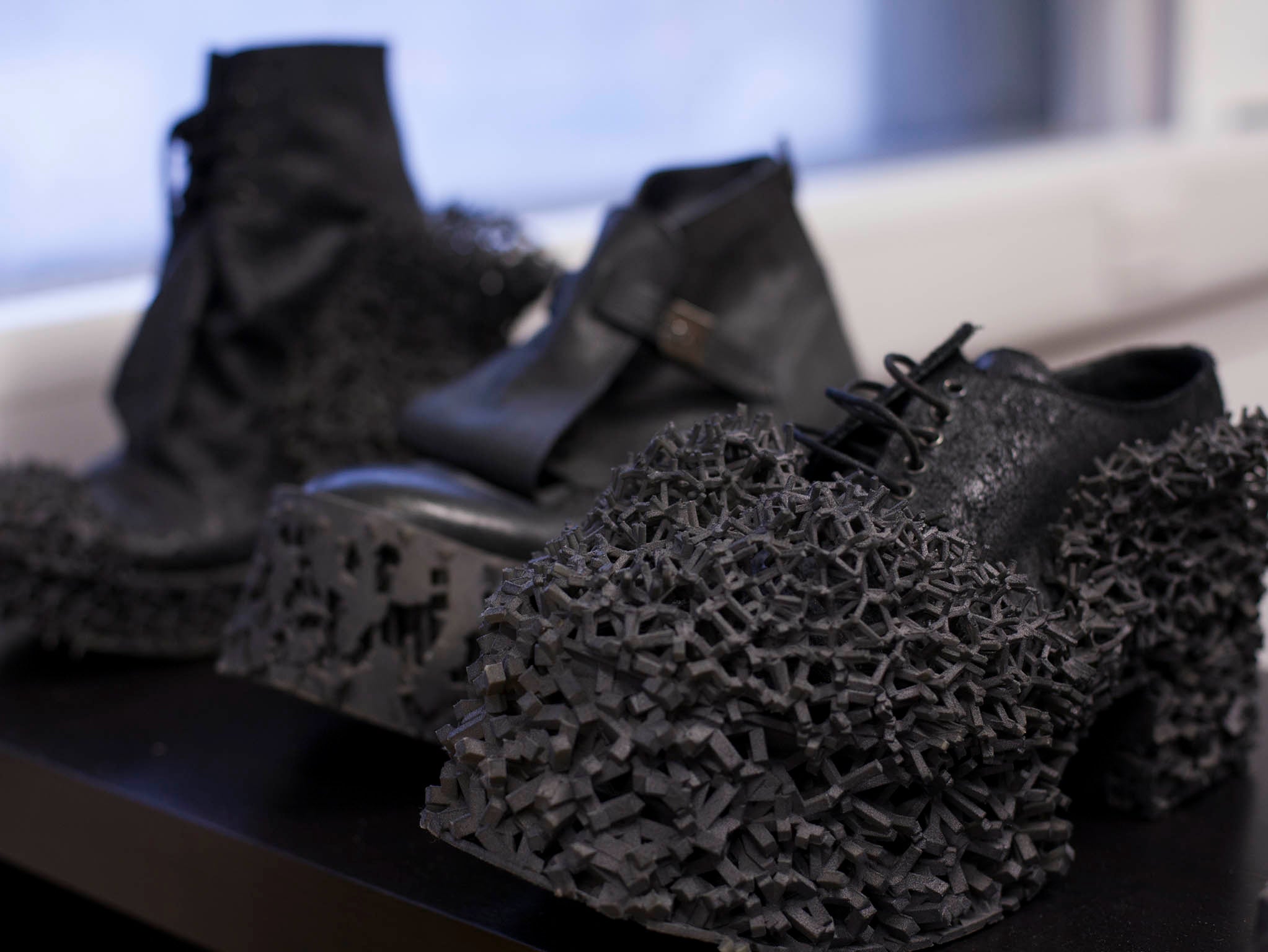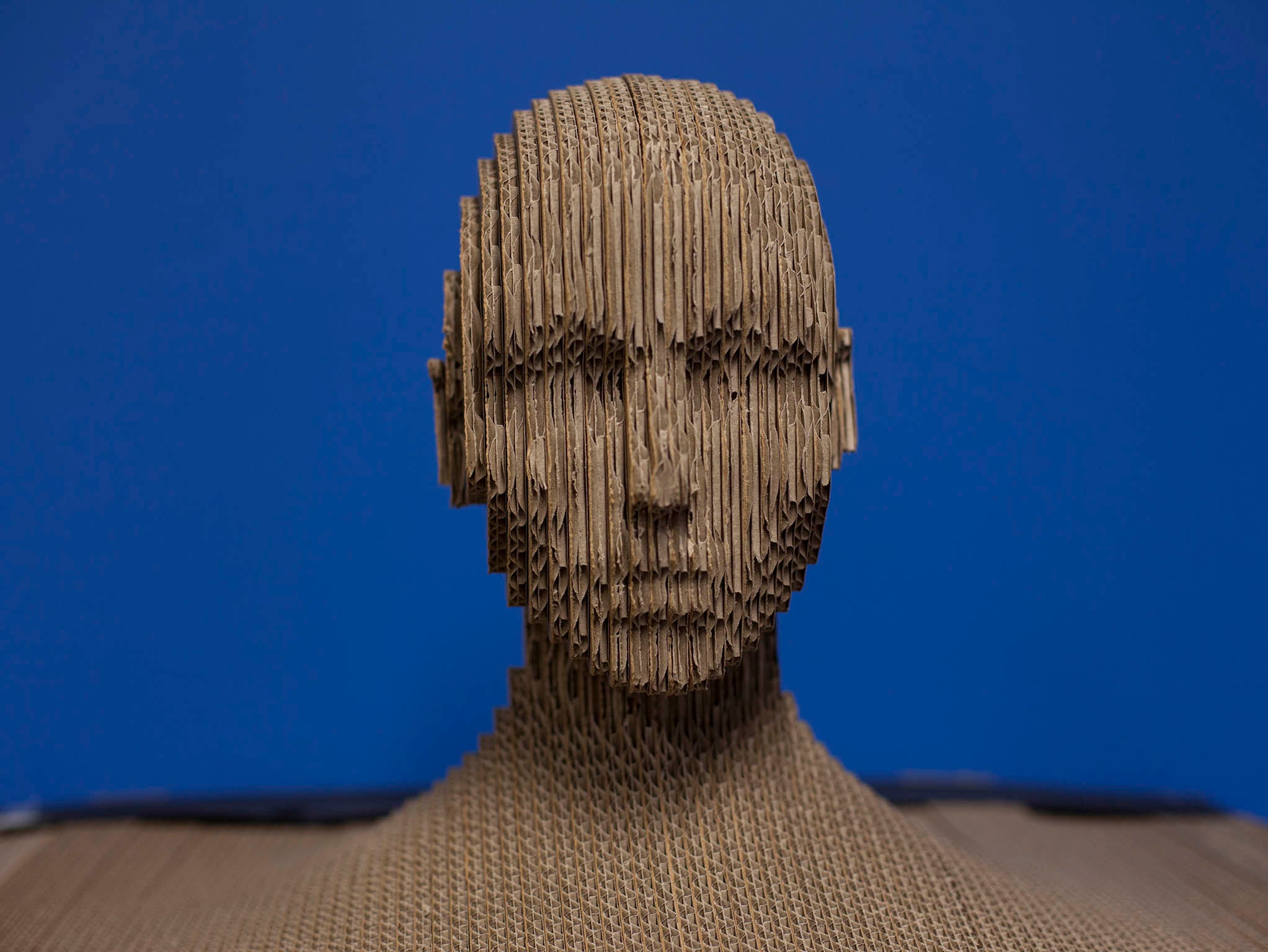Invisible jackets, dissolvable jeans, colour-changing shirts and digital skins. These may sound like concepts from the pages of a science-fiction novel, but technologies that could create these inventions are being explored right now.
This year’s Met Gala saw socialites and celebrities take over the red carpet donned in bold metallics and futuristic robotic-style accessories. Born from the Spring Costume Institute’s “Manus x Machina: Fashion in an Age of Technology” exhibition at The Met Fifth Avenue Museum in New York, the fundraising gala saw fashion powerhouse Vogue and multinational tech company Apple combine forces in order to melt the boundaries between fashion and technology.

The event called on people to see Manus (Latin for hand) and machina (machine) not as polarities but hybrids, working in tandem to solve design problems, enhance traditional crafts and widen the discussion about the increasingly pivotal role tech plays in fashion.
Since the early 20th century, machines and fashion have continually collided, changing our perception of what clothes are and how they function. Sewing machines and mass production changed the fashion landscape in the early 1900s and now modern tech is being explored in the fashion space.
Highlights from the Met Gala 2016 included Claire Dane’s extravagant blue ball gown designed by Zac Posen, which, crafted from organza and fibre optics, glowed illustriously in the dark.
Model Karolina Kurkova’s floral frock peppered with flashing LED lights – created by Marchesa, designers Georgina Chapman and Keren Craig in partnership with IBM Watson – was a “compassionate dress” able to interpret people’s emotions. As the audience tweeted their thoughts about the dress on social media, it lit up in various colours depending on each Tweeters’ mood.
Other designers are also exploring the otherworldly possibilities of wearable tech.
CuteCircuit pushed the boundaries with its HugShirt, a blouse with Bluetooth sensors allowing loved ones to send the wearer hugs through an app, with sensors in the shirt imitating the warmth and strength of a physical hug on cue.
Dutch designer Pauline van Dongen’s solar shirt uses embedded cells able to charge phones and USB devices, while fellow Dutch designer Iris Van Herpen is a renegade in the field of technological fashion. Famous for her pioneering use of 3D printing she has created wearable tech garments with alien textures by sculpting rubber and metal powder mixtures with magnets.
At the London College of Fashion, Digital Anthropology Lab (DAL) researchers are looking at fashion through a broad lens of technologies, pushing the boundaries of what wearable tech can do. DAL director Lynne Murray explains: “We effectively look at the clothes you wear as a vehicle to create technology solutions. Our garments will become increasingly able to do much more things intelligently. They’ll be able to shape shift, they’ll be able to become invisible, they’ll be able to colour change. They’ll be able to do a whole host of things that we haven’t even imagined yet.

“Technology will act as an enabler for fashion trends in the future. We will see garments that literally change form that can be invisible or dissolvable or colour change. The way in which you design for these types of technologies and we think of worn objects will completely change. We are also looking at digital skins, working with spaces where skin could be the next interface.”
What we must question, Murray says, is “How do we embed technology in to our garments in a way that is subtle, human, meaningful, purposeful and genuine? How do we make them deliver something we can’t already do?”
The DAL is already undertaking pioneering experiments with embedded sensors. A student project recently used sensors that tracked people’s daily commutes, sending signals to their washing machines which evaluated how polluted their clothes were and whether they needed washing.
The effect of virtual and augmented reality is also being probed. “We are looking at virtual reality experiences that will allow you not just to passively consume visual experiences,” says Murray, “but to really embody those visual experiences and put you into a garment in a virtual space.”
These ideas may seem entirely alien, but they are becoming increasingly ubiquitous with even high street brands, such as ASOS and Topshop, looking to accelerate companies developing wearable tech products.
Fiona Dowling, the founder of the Laser House, an art and design brand that uses laser cutting technology as its key tool, explains how technology is an efficient and easily accessible way to design.
“I just fell in love with laser cutting because of the precision and the speed of creating things,” she says. “Not only do you gain more control over what you can make it’s also very accessible and allows you to make precise and beautiful things without specific training in traditional skills. In terms of production, it opens up possibilities that just weren’t there before.”
As designers and innovators continue to push the boundaries of what is feasible, it seems the possibilities of wearable tech are almost limitless.
“Many things are possible,” says Murray. “In the future I hope we will find ways to allow our garments to do things in a manner that we almost can’t see; so that our garments are seamlessly doing useful stuff in the background; so that we are almost dissolving the fabric of our phones into our clothes.”

Join our commenting forum
Join thought-provoking conversations, follow other Independent readers and see their replies
Comments